From Personality Quiz to Propaganda: The Dangerous Oversimplification of Branding
How shallow strategy and templated identity systems are hollowing out modern brands.
Let’s be honest. Most of what passes for brand strategy today is little more than a BuzzFeed quiz in a Figma deck.
You pick an archetype (“I’m totally a Hero!”), slap together a tone-of-voice chart (“We’re bold but warm, irreverent but informative”), and suddenly you have a brand. Or at least something that looks like one—for about six months.
This is the modern branding cycle: aesthetic, launch, fatigue, rebrand, repeat.
Why? Because it’s all surface. Personality without psyche. Voice without behavior. Style without structure.
And now it’s worse—because it's being automated, commodified, and sold as strategy.
The Rise of Shallow Strategy
Here’s how most branding gets done:
A discovery workshop with sticky notes
A handful of customer personas no one uses
A one-liner mission statement no one remembers
A tone-of-voice deck with 3–5 adjectives
A “brand personality” reduced to a slide
It's branding by checklist. Branding by template.
But identity isn’t a template. It’s a system. It has memory. Contradiction. History. Growth. And when you flatten it into a three-word tone chart, you strip it of its humanity.
The “Voice” Trap
Tone-of-voice decks are the PowerPoint equivalent of eyeliner: dramatic, temporary, and mostly for show.
They tell you how your brand should sound in theory—without any understanding of what that sound means, where it comes from, or how it evolves.
You end up with brands that say all the right things but don’t mean them.
They have no core. No values beyond engagement.
They cosplay authenticity until the performance breaks.
This is how brands become worthless. Polished. Performative. Predictable.
The Commodification of Identity
The industry has found a way to package and resell identity at scale.
You don’t need to understand your business. You just need a kit:
Pick a palette
Choose your brand archetype
Add adjectives
Copy-paste tone lines
Generate a logo
Sell it
You didn’t build a brand. You bought a costume.
This is where strategy dies: when identity becomes a plug-and-play commodity instead of an integrated system rooted in behavior, purpose, and evolution.
Why This Matters More Than Ever
In a world saturated with brands, blending in is the default.
Every tool—from Canva to ChatGPT to Notion templates—makes it easier to look like a brand. But none of them make it easier to become one.
And when every brand starts to sound the same—clever, relatable, punchy, helpful—the only thing that breaks through is truth.
Not in the story. In the structure.
From Quiz to System: The Shade Tactics Alternative
With Shade Tactics, we don’t care what three adjectives you like. We care how your brand thinks, how it decides, what it fears, and who it’s really for.
Our framework maps identity the same way psychology maps a mind:
Shroud (Outward Persona)
Helm (Strategic Thinking)
Anchor (Core Identity)
Darkling (Fear/Opposition)
Echo (Audience Resonance)
Together, they form a psyche, not a personality.
This isn’t branding for launch day. It’s branding for year five.
Branding that survives trend cycles. Branding that evolves.
Don’t Build a Voice. Build a Mind.
Because when your brand understands itself, it doesn’t have to pretend.
It just has to be.
